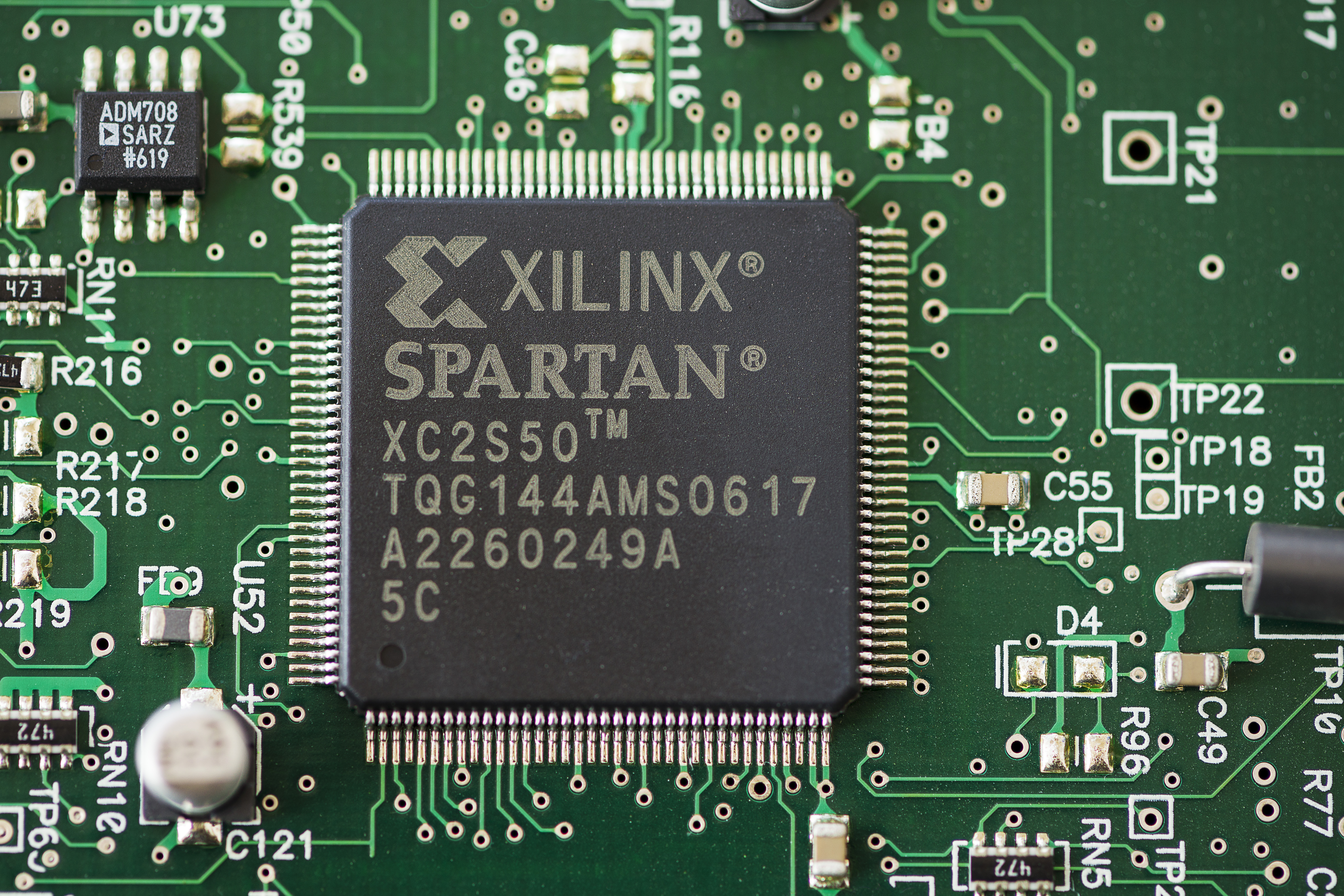What does AMD’s purchase of Xilinx mean for the electronics world?

Who is Xilinx?
While AMD is focused on microprocessor production, Xilinx is a specialist producer of FPGA (field-programmable gate arrays), which are particularly useful for telecommunications applications, and the development of 5G across the world has opened up significant growth in this sector. The expected number of new 5G cellular base stations required over the next five to ten years will be in the millions. Xilinx has been one of the front runners in developing faster and cheaper FPGAs with increasing complexity making them attractive to system developers working in dynamics evolving industry sectors. Analysts expect to see a shift from pure microprocessor use to combined microprocessor and FPGA integrated solutions. Xilinx’s technology offerings are seen to complement AMD’s central processing and graphics processing units. These integrated solutions are ideal for use in data centers to add additional specialist processing functions to support server processing units, a sector predicted to see large growths as cloud deployments become more popular. AMD is making progress in expanding its penetration into the server processor market across the data center market, particularly the major public cloud providers’ success.
What’s the big deal with FPGAs?
The advantage of Xilinx’s FPGA chips is they offer data center customers the ability to reprogram these devices for bespoke customized functionality. Not only necessary to implement the latest advancements in artificial intelligence but also to optimize workload in servers. Adding FPGA programmable acceleration can make servers run more efficiently by handling compute-intensive workloads such as machine learning inferencing, data processing, network security, and encryption management. Overall increasing processor throughput but more efficiently than merely switching in more server processing capability. Although each new generation of server processing units allows data to be processed faster, the volumes of data that customers are looking to be processed are rapidly expanding at a significantly greater rate. The move to cloud-based deployments puts pressure on data centers to meet demand by optimizing performance to keep pace. Building more and more data centers based on existing technology is not seen as a sustainable or cost-effective direction.
Each physical data center has a limit to how much processing it can handle, influenced by available rack space, power requirements, and environmental management capabilities. Cramming more servers into the same physical space brings thermal management challenges that also demand more space. There reaches a point in the life of a data center where it physically cannot expand the number of servers. Using FPGA-based accelerators to handle intensive processing tasks allows expansion of capabilities with a lower impact than an equivalent server processing capability. FPGA-based accelerators are physically smaller and have a lower power requirement than an equivalent server, and consequently, lower thermal management needs. In terms of performance per watt, they are significantly more efficient.
It is predicted that the use of big data will continue to grow and that machine learning technologies will expand as server technology makes such applications fast enough to be useful and cheap enough to be affordable for ordinary businesses to exploit. In a challenging market where any advantage over competitors can determine a business’s survivability, the opportunities that deploy artificial intelligence on datasets can deliver results.
One of the issues is the specialist software skills required to program FPGA using hardware description languages that typical customers do not have available in-house. Integrating more commonplace programming languages and development tools with FPGA-based accelerator services is an area that remains to be satisfactorily resolved. This is opening up new opportunities for the development of workload-specific FPGA-accelerated applications as a service. Being able to replace multiple servers with a single FPGA-accelerated server will reduce the Total Cost of Ownership (TCO) through both the capital expense of server acquisition/lease and the operational expenses in terms of operating and maintenance costs.
Summary
Rather than using the acquisition primarily to reduce costs through consolidation of duplicate functions, the expectation is that by consuming Xilinx, AMD focuses on expanding its product range and sector penetration. The expectation is that the move will allow AMD to expand deeper into those markets expected to offer the most outstanding growth opportunities, including data centers, automotive, and telecommunications, particularly 5G. Analysts see AMD’s move as a response to Intel’s push into FPGA enabled server technology and Nvidia’s proposed deal to acquire ARM, keeping pace with their competitors.
Other markets where Xilinx chips are widely used include embedded systems within the automotive, aerospace, and defense sectors. These include markets where AMD does not currently have a significant presence, potentially opening up new markets for their existing processor-based products by leveraging the Xilinx customer base.
While any deal is subject to shareholder and regulatory approval, there are obvious synergies between how the two companies operate. Both are reliant on external manufacturing partners to produce their products.
If you want to know more, why not browse our product page for a more in-depth feature description or call an expert at Altium.